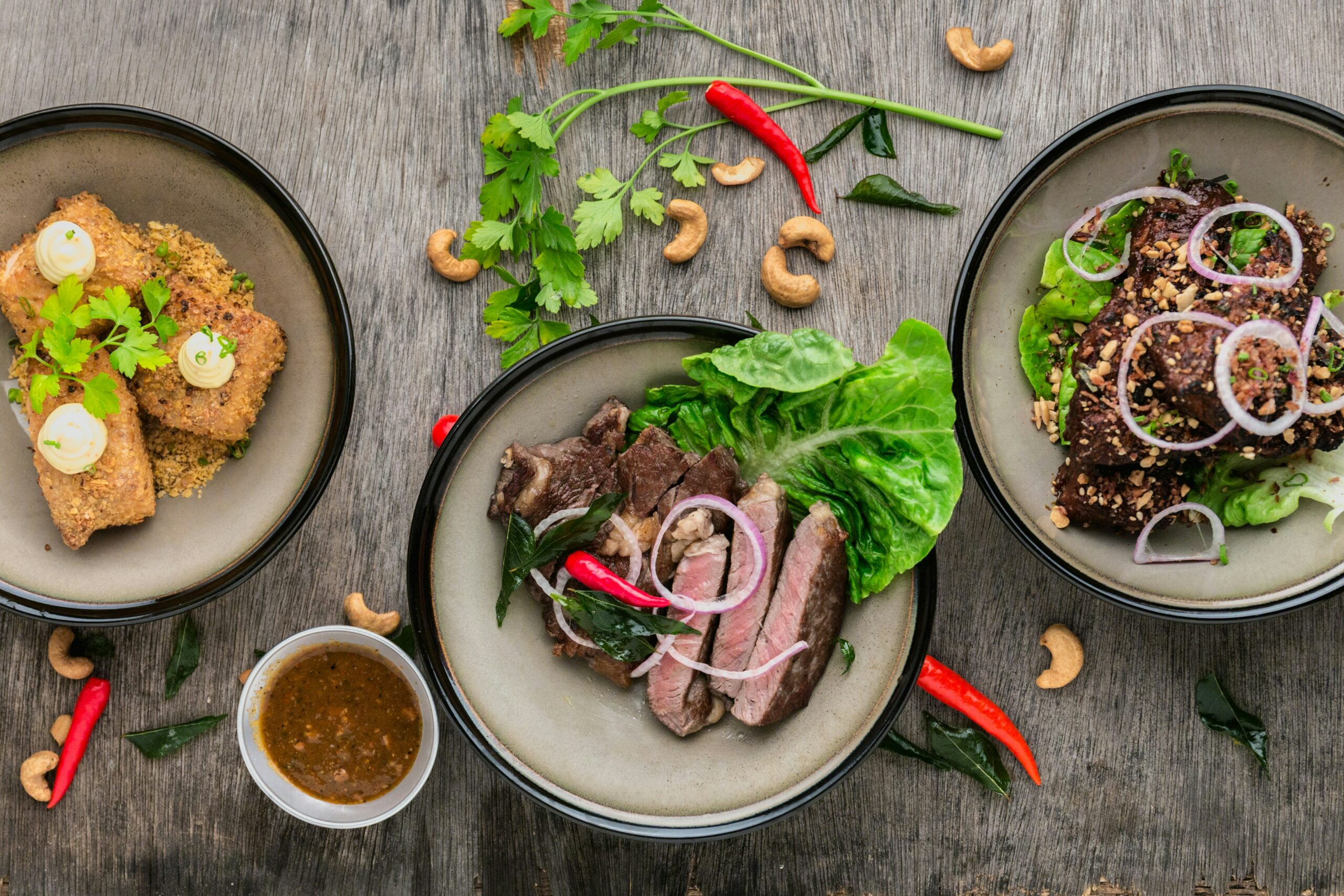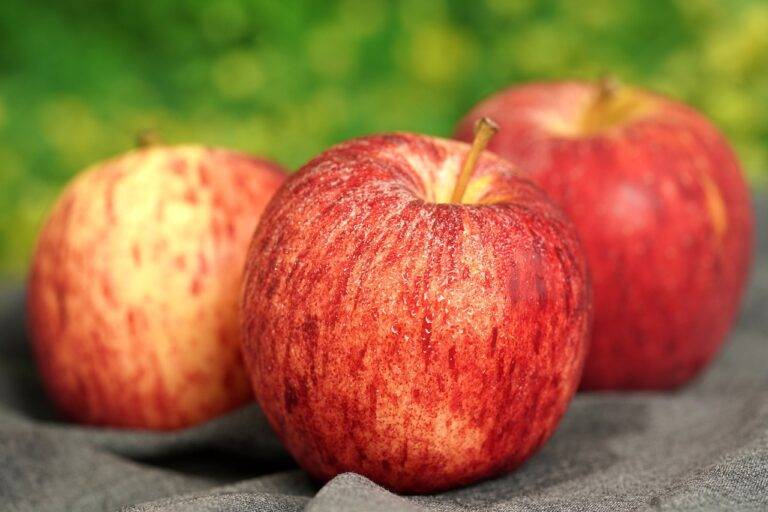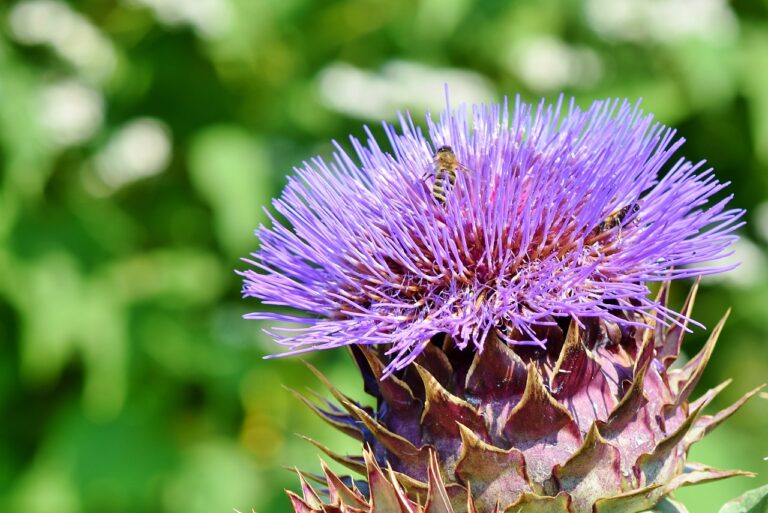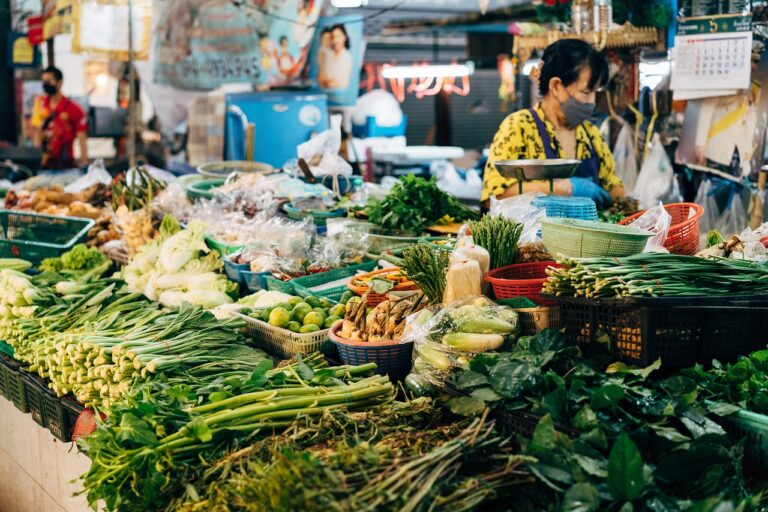The Future of Food Packaging: Sustainable Solutions for Single-Use Plastics and Packaging Waste
Single-use plastics in food packaging present a major challenge due to their detrimental impact on the environment. The convenience and durability of plastic packaging have made it a popular choice for food products, but its inability to biodegrade poses serious threats to ecosystems. As these plastics break down into smaller pieces over time, they can enter the food chain and harm wildlife and marine life.
Another issue with single-use plastics in food packaging is the high rate of consumption and disposal. With the rise of fast food and takeout culture, there has been a significant increase in single-use plastic waste generated from food packaging. This not only contributes to overflowing landfills but also adds to the growing problem of plastic pollution in oceans and waterways. The challenge lies in finding sustainable alternatives that can effectively package food products while minimizing the environmental impact.
Impact of Packaging Waste on the Environment
Packaging waste poses a significant threat to the environment, contributing to pollution and habitat destruction. Plastics, in particular, are a major concern as they do not easily biodegrade and break down into microplastics, which are harmful to wildlife and ecosystems. The accumulation of packaging waste in landfills and oceans exacerbates these issues, leading to long-lasting consequences for the environment.
In addition to harming wildlife and natural habitats, packaging waste also contributes to climate change. The production and disposal of packaging materials, especially plastics, release greenhouse gases into the atmosphere, further exacerbating global warming. Additionally, the extraction of raw materials for packaging production depletes natural resources and leads to deforestation, further impacting the environment.
Innovative Biodegradable Packaging Alternatives
In recent years, there has been a growing focus on finding biodegradable alternatives to traditional plastic packaging in order to combat the environmental challenges posed by single-use plastics. One promising solution that has gained traction is the use of compostable packaging made from plant-based materials like cornstarch, sugarcane bagasse, or bamboo fiber. These materials are renewable resources that can break down naturally in composting conditions, reducing the accumulation of non-biodegradable waste in landfills and oceans.
Another innovative approach to biodegradable packaging is the development of edible packaging materials that not only biodegrade but also offer a unique and sustainable packaging solution. Edible packaging can be made from materials such as seaweed, rice paper, or even fruit peels, providing a novel way to reduce packaging waste and minimize the environmental footprint of food products. As consumer demand for eco-friendly packaging grows, these biodegradable alternatives offer a promising path towards a more sustainable future for the packaging industry.
• Compostable packaging made from plant-based materials like cornstarch, sugarcane bagasse, or bamboo fiber
• Renewable resources that break down naturally in composting conditions
• Reduces accumulation of non-biodegradable waste in landfills and oceans
• Edible packaging materials made from seaweed, rice paper, or fruit peels
• Biodegradable and offer a unique sustainable packaging solution
• Helps reduce packaging waste and minimize environmental footprint of food products
As the push for more environmentally friendly practices continues to gain momentum, innovative biodegradable packaging alternatives are becoming increasingly important. These solutions not only address the issue of plastic pollution but also offer creative ways to rethink traditional packaging methods. By exploring options such as compostable and edible packaging materials, businesses can play a crucial role in promoting sustainability and reducing their impact on the planet. Embracing these biodegradable alternatives is not just a trend; it’s a necessary step towards building a greener future for generations to come.
What are the challenges of single-use plastics in food packaging?
Single-use plastics in food packaging contribute to environmental pollution as they are not easily biodegradable and often end up in landfills or oceans.
How does packaging waste impact the environment?
Packaging waste can contribute to pollution, harm wildlife, and create landfill space issues. It can also leach harmful chemicals into the environment.
What are some innovative biodegradable packaging alternatives?
Innovative biodegradable packaging alternatives include materials such as compostable plastics, biodegradable paper, and edible packaging made from seaweed or other natural ingredients.
Are biodegradable packaging alternatives as effective as traditional plastic packaging?
Biodegradable packaging alternatives can be just as effective as traditional plastic packaging in terms of preserving food freshness and protecting products. However, they may require proper disposal methods to fully break down.
How can consumers support the use of biodegradable packaging alternatives?
Consumers can support the use of biodegradable packaging alternatives by choosing products with eco-friendly packaging, properly disposing of packaging waste, and advocating for sustainable packaging options from brands.






